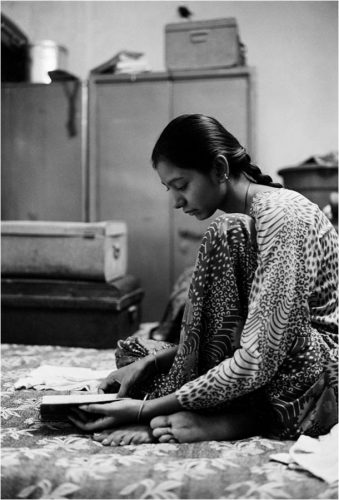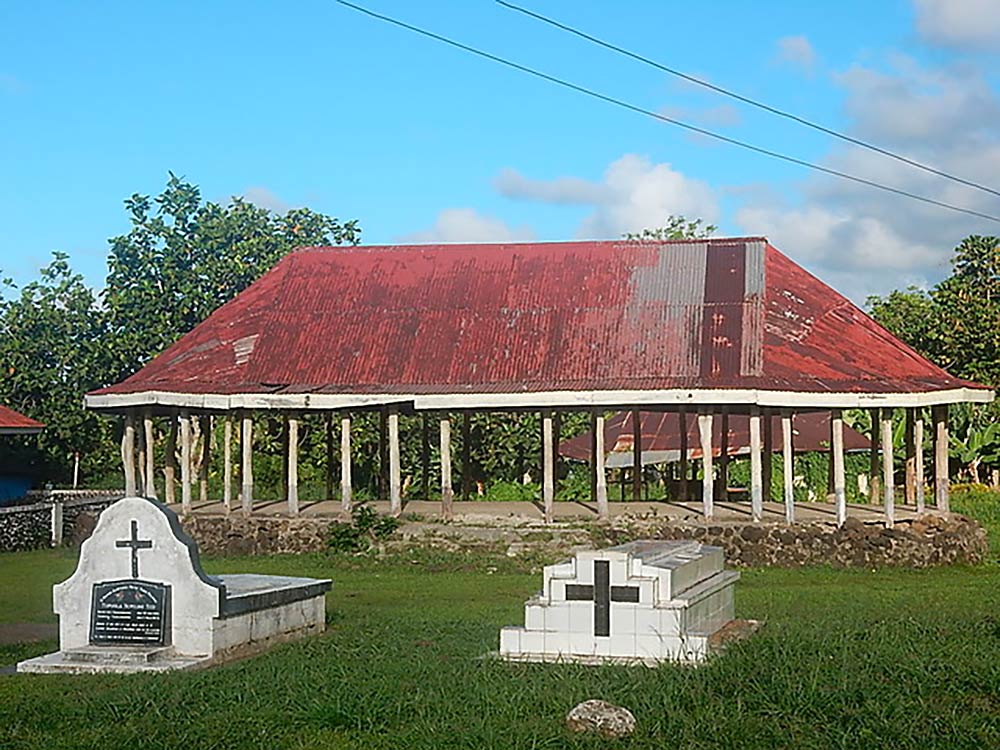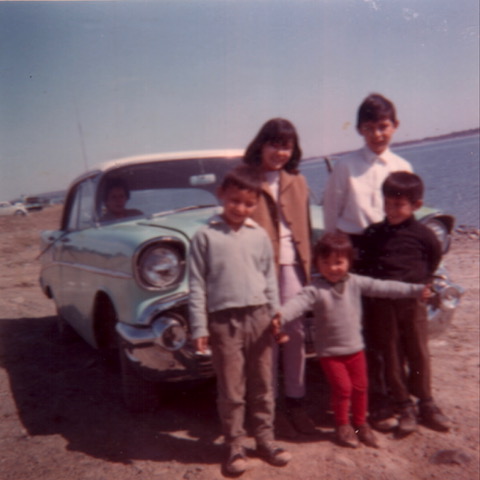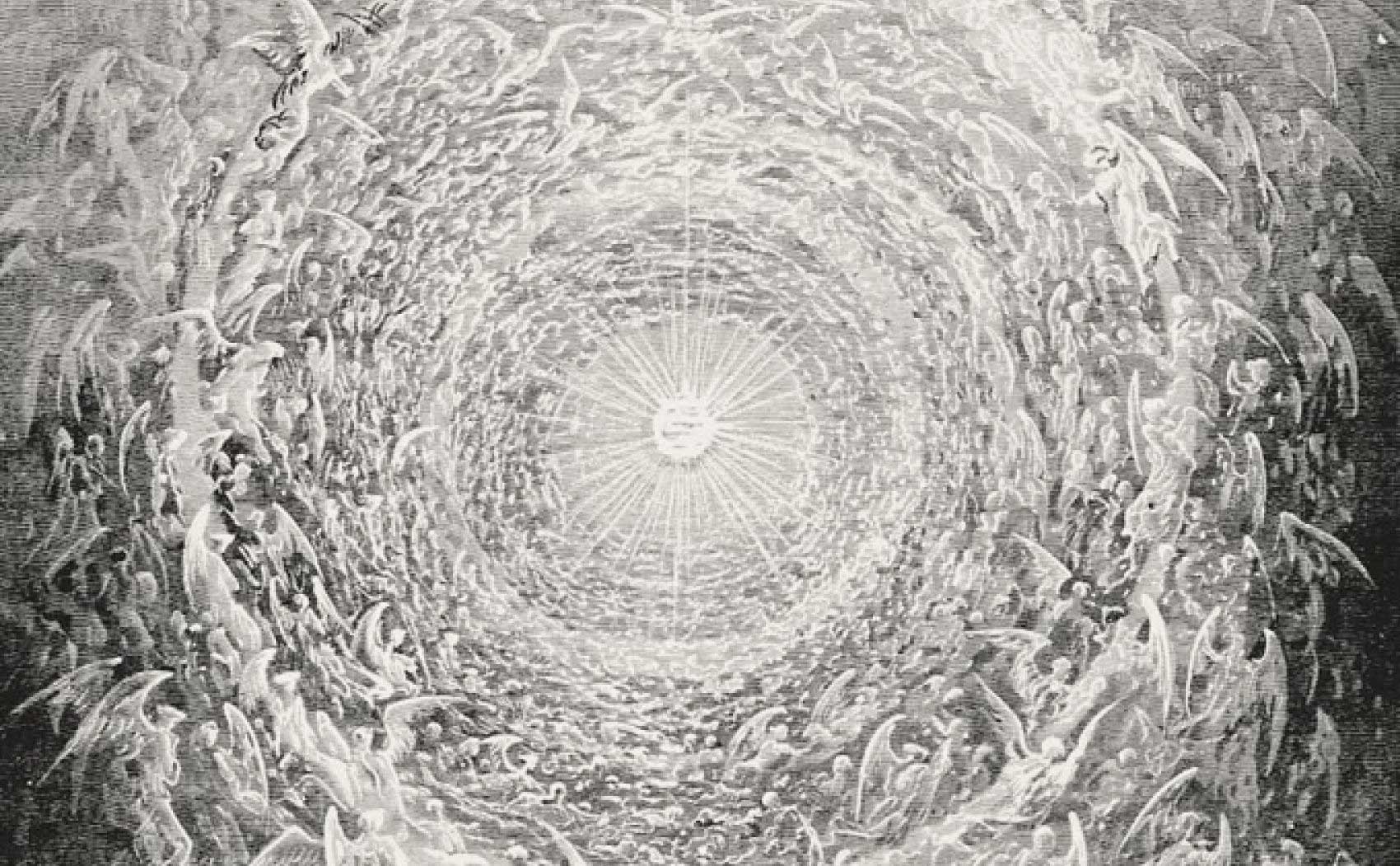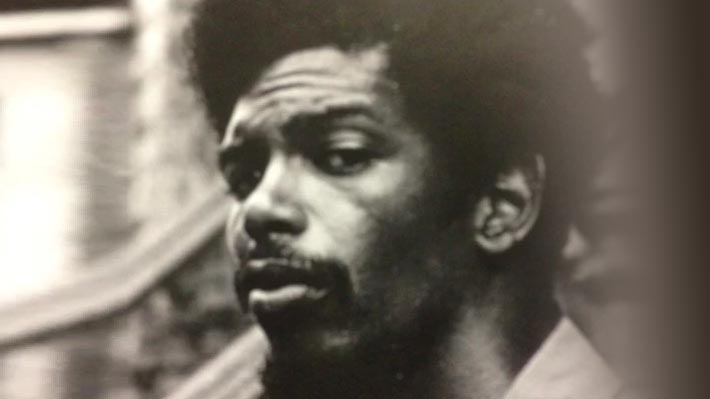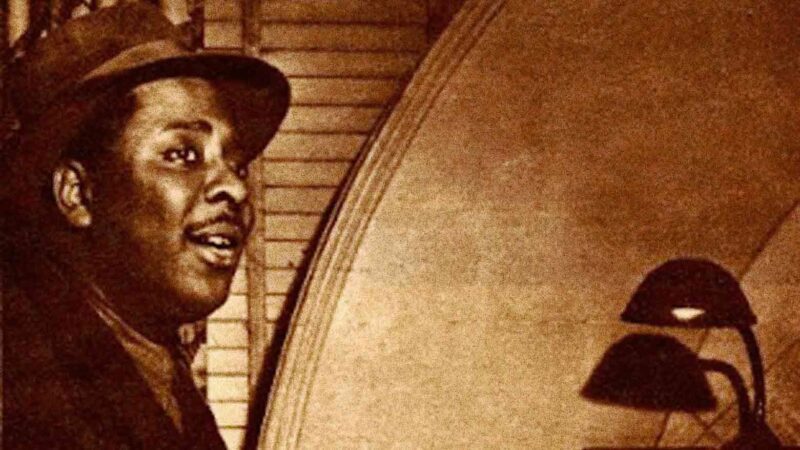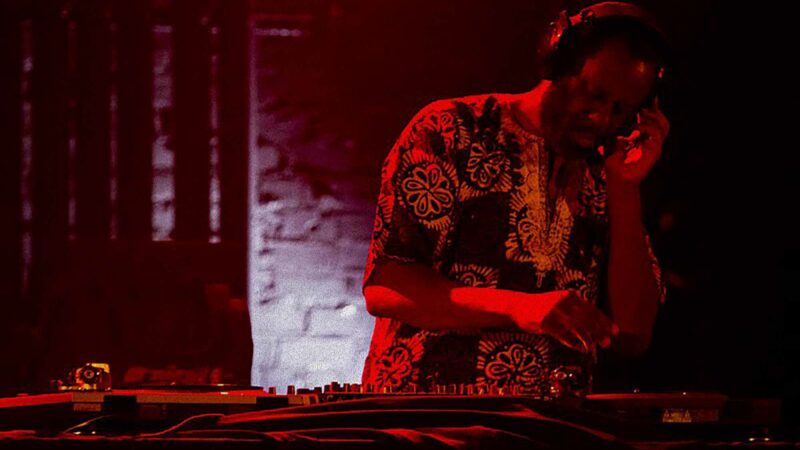Does she usually read this way? Always in the same room?
Is the tiny black object on the trunk (on the steel cabinet) really a bird?
Why exactly am I moved by this image?
There are 48 black-and-white photographs in my new novel, Helium, including this one by Gauri Gill, on an entire page. Yesterday I showed it (without the original caption) to my father. “Padhai ho rahi hai,” he said. “A very humble family… She is trying to locate the past.” He doesn’t know yet that the photograph carries traces of an atrocity. The caption would have disturbed him. Among other things it would have triggered his own memories of November 1984, the anti-Sikh pogroms. Layers of cold ash. In 1984 the two cabinets in the room would have failed to hide the victims. The phone, too, would have been equally helpless (because the cops in Delhi were extremely busy facilitating acts of cruelty). She was not born yet.
When I first saw the photograph I felt its silence. Silence filled the whole space. But, soon a detail broke the silence. Her ear. It made me pause, and I heard the hum of painful stories she must have heard over and over. The same ear, I felt, would have preserved the shape of her grandmother’s voice.
Postmemory – that messy archive of trauma and its transference. Outside the house, ironically, the same ear must have detected ongoing shamelessness and injustice. Collective amnesia.
Whenever I revisit the photograph, my gaze is also perturbed by the earring. But, is it really an earring? Perhaps what I see is a slow t(ear). And it refuses to fall down. I make a list of all the objects around her bed. They, too, are listening/ hearing devices. They will outlast her.
What book is she reading? Hope it is not a prescribed text of ‘history’.
“Why should young people know about an event best buried and forgotten” – The Indian Censor Board on awarding an ‘A’ rating to a film on the 1984 pogrom.
But this is not the exact reason why the picture wounds me.
Something within its space –and accumulated time– is broken, and will always remain so.
